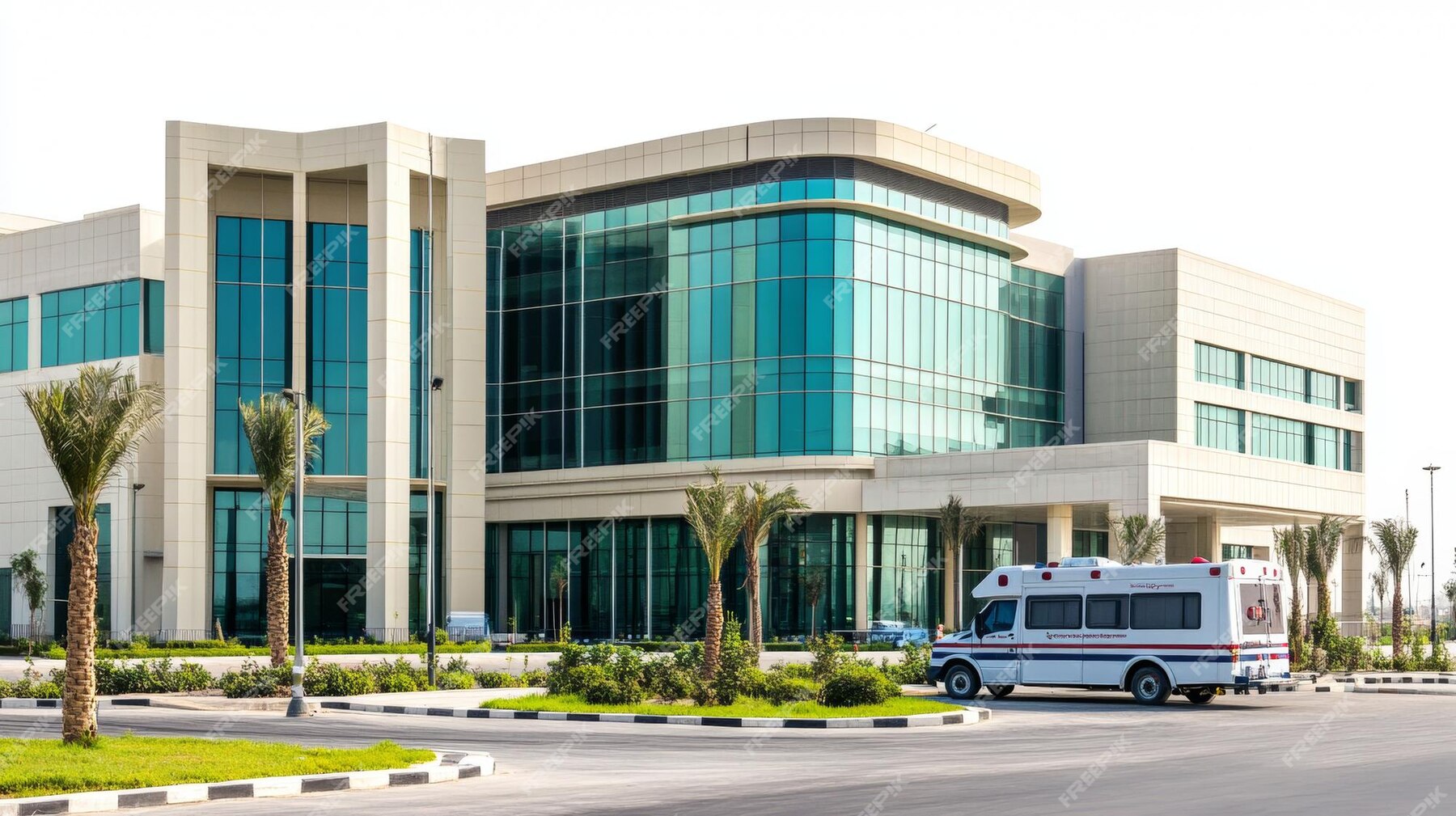Medical facility remodeling refers to the process of renovating, upgrading, or redesigning an existing healthcare building or space to improve its functionality, aesthetics, safety, and compliance with current healthcare standards. This can include changes to the layout, infrastructure, medical equipment, and technology, with the aim of creating a more efficient, comfortable, and modern environment for both healthcare providers and patients.

A remodeled medical facility can offer a more comfortable, welcoming environment for patients, reducing stress and improving their overall experience.
Enhanced privacy and better waiting areas can also contribute to a higher level of satisfaction.
Healthcare facilities must adhere to strict building codes and regulations set by government bodies and health authorities (e.g., ADA compliance, fire safety, and sanitation standards).
Remodeling ensures that the facility remains compliant with these evolving requirements, avoiding legal issues.
Optimized layouts and updated equipment can improve the efficiency of healthcare delivery, reducing wait times, and improving workflow for medical staff.
Better design can help streamline operations, improve staff productivity, and support better patient care
Remodeling allows the integration of the latest medical technology, such as digital record-keeping systems, telemedicine facilities, and state-of-the-art diagnostic equipment.
These technologies can enhance the quality of care, provide faster diagnoses, and improve treatment outcomes.
Updates to the facility may include improved ventilation, better air filtration systems, and infection control protocols, which are particularly important in the context of contagious diseases like COVID-19.
Proper remodeling can also address safety concerns related to electrical systems, fire escapes, and accessibility.
Remodeling provides an opportunity to incorporate energy-efficient systems, such as LED lighting, HVAC systems, and water-saving fixtures, reducing energy costs and environmental impact.
Medical facility remodeling typically covers the following areas:
Reconfiguring the building’s floor plan to optimize patient flow, staff areas, and departments.
Designing spaces with patient privacy in mind, such as private exam rooms or waiting areas.
A- What this means ?
B- Benefits of upskilling
C- ways to upskill and advance your healthcare career
Updating plumbing, electrical, and HVAC systems to meet current standards and support modern medical equipment.
Upgrading or replacing flooring, walls, and ceilings with materials that are easy to maintain and disinfect.
Installing or upgrading diagnostic machines, imaging equipment, and other medical technologies.
Integrating electronic health record (EHR) systems, telehealth capabilities, and secure data storage.
Implementing accessibility features for patients with disabilities (wheelchair access, ramps, larger doorways).
Ensuring compliance with fire safety regulations, such as updated fire alarms and sprinklers.
Revamping interiors to create a calming, healing atmosphere, using color schemes, natural light, artwork, and comfortable furnishings.
Modernizing reception areas and waiting rooms to enhance the overall patient experience.
Installing touchless fixtures (e.g., faucets, soap dispensers) and antimicrobial surfaces to reduce the risk of contamination
Enhancing ventilation and air quality to minimize the spread of airborne infections.
Medical facility remodeling typically covers the following areas:
OSHA (Occupational Safety and Health Administration): Ensures that the facility meets safety standards to protect both patients and staff.
CDC (Centers for Disease Control and Prevention): Provides guidelines on infection control practices, especially in high-risk areas like surgical rooms and patient care areas.
Local zoning regulations determine how a healthcare facility can be remodeled or expanded, including the type of work that can be done and whether permits are required.
The National Fire Protection Association (NFPA) and local fire codes dictate fire safety and emergency procedures.
Population compliance ensures that the facility is accessible to all patients, including those with physical disabilities. This may involve remodeling entrances, bathrooms, and hallways to accommodate wheelchairs and other mobility aids.
o According to The Joint Commission, healthcare facilities should follow guidelines for reducing healthcare-associated infections (HAIs), such as proper sterilization of equipment and maintaining hygienic environments.
The facility should meet LEED (Leadership in Energy and Environmental Design) standards for sustainability if the goal is to create an eco-friendly space.
Compliance with ASHRAE (American Society of Heating, Refrigerating and Air-Conditioning Engineers) standards for air quality and ventilation systems.
Facilities must ensure the installation and maintenance of medical devices meet industry standards like those set by FDA (Food and Drug Administration) for safety and efficacy.
Facilities should comply with HIPAA (Health Insurance Portability and Accountability Act) standards to protect patient information.